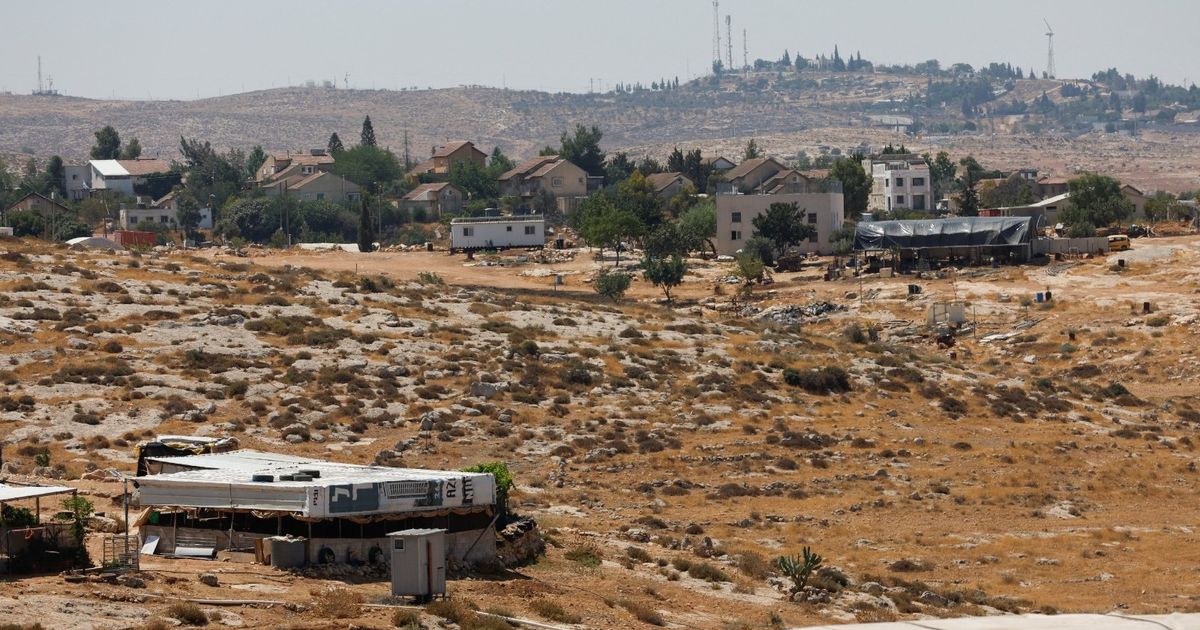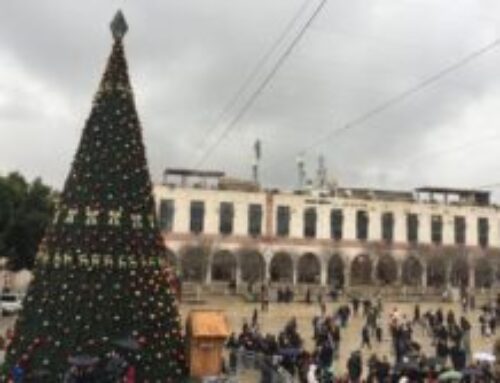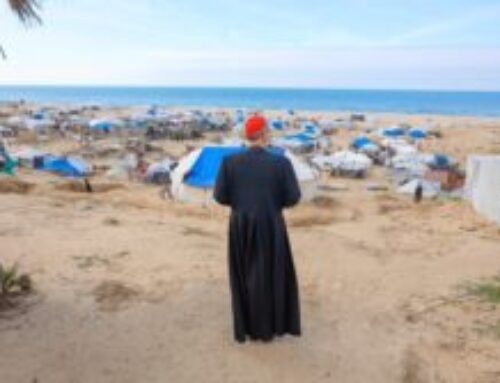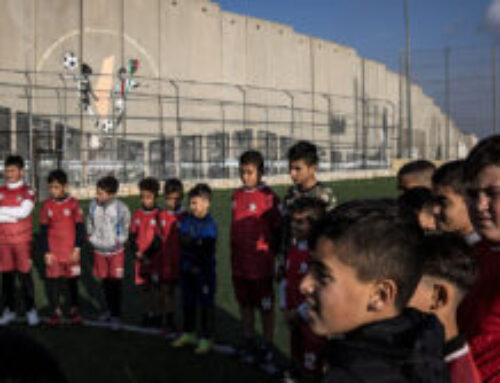In the heart of the occupied West Bank, a settlement scheme known as E-1 emerges as one of the most dangerous plans threatening Palestinian existence. It redraws the map of the land to serve the agenda of the usurping entity. The project spans an extensive area of about 12 square kilometers east of Al-Quds, intricately designed to link the Ma’ale Adumim settlement to occupied Al-Quds and sever the last artery connecting the northern and southern West Bank.
Dividing the Land and Isolating Al-Quds
The project’s danger lies in its strategic location. Its implementation would detach Al-Quds completely from its Palestinian surroundings, turning it into an isolated island within the settlement belt. This would cut the West Bank into two disconnected parts, closing the window of geographic continuity. Such geographic fragmentation translates directly into harsher daily realities for Palestinians, who would face new walls and checkpoints restricting movement between their cities and villages. It would also effectively extinguish any prospect of establishing an independent Palestinian state with territorial continuity, entrenching instead a reality of fragmented “cantons” under the security and military control of the usurping entity.
Forced Displacement and Bedouin Communities
The matter goes beyond maps. More than 7,000 Palestinians living in 22 Bedouin communities east of Al-Quds—most notably Khan al-Ahmar—face the risk of forced displacement. These communities, leading simple lives on the desert’s edge, are threatened with total uprooting. In every tent and tin house lies the story of a family at risk of losing its home, simply because the settlement project requires more space. Displacement here is not just forced relocation—it is the uprooting of people from their land and the erasure of a Bedouin way of life that has endured for decades.
Devastating Human Consequences
The humanitarian consequences of the project are severe. Isolating these communities from nearby Palestinian towns like al-Eizariya, while depriving them of their land and livelihoods, means suffocating daily life. Schools, clinics, and small farms will be direct casualties of the plan. Meanwhile, bypass roads allocated for settlers will transform Palestinians into residents trapped in scattered islands within a sea of concrete blocs.
Human Rights and Humanitarian Condemnations
Faced with these realities, human rights and humanitarian organizations continue to raise alarms about the catastrophic outcomes. Amnesty International has described the project as part of a policy of forced displacement that blatantly violates international law. Human Rights Watch considers it nothing less than a systematic process of fragmenting the West Bank and transforming it into isolated cantons.
Between Steadfastness and Silence
Despite widespread condemnations, Palestinians in Bedouin communities remain the first line of defense for their land. In Khan al-Ahmar, for example, the modest tents have become a symbol of steadfastness, as residents insist on staying despite the looming threat of bulldozers. Yet, international silence and weak pressure grant the usurping entity greater freedom to advance its project. In this way, the personal pain of threatened families becomes a collective tragedy, where the Palestinian future is reduced to fragmented geography, stripped rights, and cries that find no listening ears.





